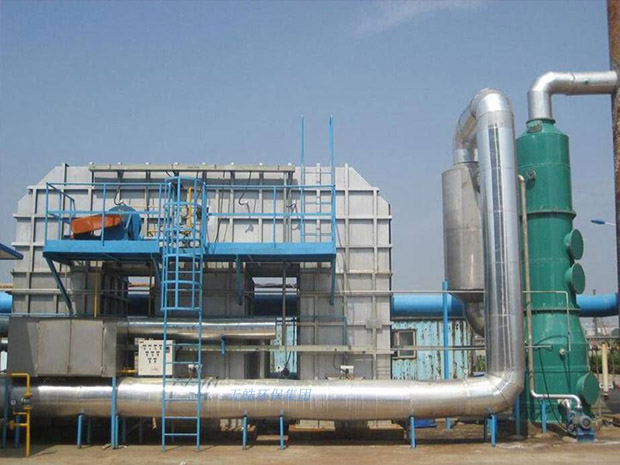For the setting of the fuel-air ratio in the catalytic combustion operation state, the air ratio range during catalytic combustion is generally between 4% and 11%. Under combustion conditions, a better catalytic combustion effect can be achieved, the combustion system can obtain thermal efficiency, and at the same time, it can achieve better emissions.
The combustion start process is detected by the ultraviolet sensor. After the small fire is ignited, the main gas valve is opened. At this time, the furnace plate performs flaming combustion until the detection temperature signal reaches the set ignition shutdown temperature, the ignition valve is closed, the ignition process is completed, and the combustion adjustment phase is entered.

You can set the ignition temperature and the frequency when the inverter is started to control the air volume of the fan as required. The ignition temperature is to ensure the reliability of the ignition process. The starting frequency ensures that the flammable combustion of the catalytic combustion equipment is just after ignition. At this time, the combustion ratio is not easy to be too low, and the air volume cannot be too large.
Catalytic combustion uses a catalyst with precious metals and metal oxides on the surface. The organic pollutant exhaust gas can be oxidized to carbon dioxide and water at a lower temperature under the action of the catalyst platinum and palladium. The addition of the catalyst does not change the original chemical equilibrium, only the speed of the chemical reaction is changed, and the properties of the catalyst itself do not change before and after the reaction.



